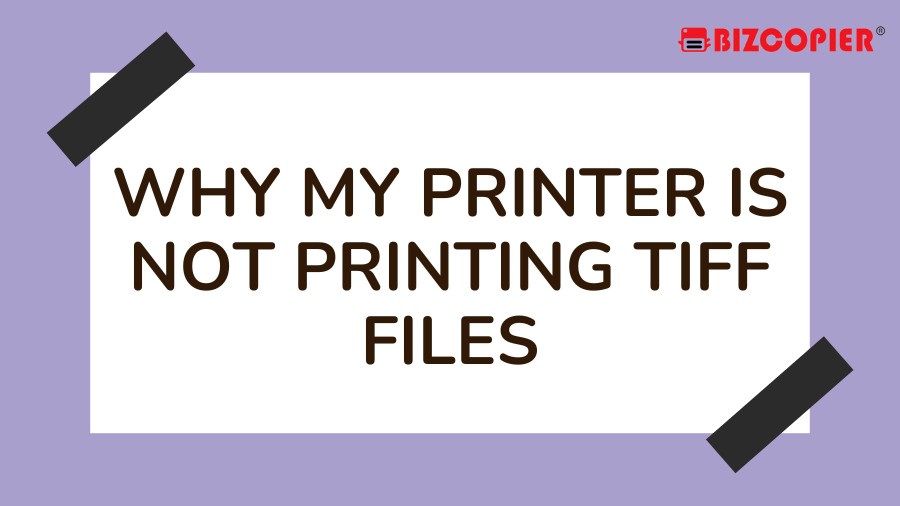TIFF files, often known as tagged image files, are frequently used in the printing process. Almost all colour modes are supported, lossless compression is available, layers and alpha channels can be accommodated, and they offer flexible options within a variety of host applications. TIFF files let you present visuals ranging from executive portraits to product photos as you prepare and produce files for client and internal projects. If you’re trying to print a document that contains TIFFs but are having trouble, look at the content and the document for solutions.
File Size
TIFF files that contain a sizable, high-resolution image could take up more memory than your computer or printer can handle. A large TIFF may put a strain on your computer’s resources because inkjet printers depend on the host computer to which they are connected for the memory they need to store the information sent to them. Laser printers have some built-in memory at the very least, but they also rely on the host system. Open the image in an image-editing program, resize it to the desired size, and then save a production copy for use in your application if you’re reproducing the image at a smaller size.
File Compression
The TIFF file format specification has compression features that allow for smaller file storage on disc. A compressed TIFF must be decompressed in order to be opened by an application that places, imports, or otherwise displays it, which can lengthen the time needed to access the file. Some of the compression options in the TIFF format are incompatible with certain applications. These compressed TIFF files can be opened in an image editor, copied without the compression, and then imported again into your document.
Document Settings
The output of specific graphics within a document can be suppressed using word processing, page layout, and other graphics software. If you’ve added TIFFs to a document, you’re creating but have suppressed their output, the TIFFs won’t appear on your printouts until you do so. Print only the document pages that contain TIFFs to ensure that all suppression features have been disabled.
Other Considerations
You might be giving up on the output process too soon if your printer appears to be unable to process a file that contains TIFF images. Your printer and its driver software might require more time than you’re giving them to manage these images and print them on paper if you don’t print these files as part of your typical workflow. Walk away from the computer and give your print process time to finish unless you’re positive it can’t be completed.


